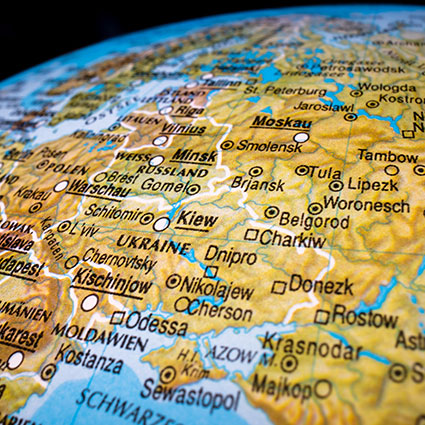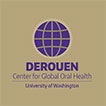 The war currently raging in Ukraine has created one of the largest refugee crises in modern history, according to the latest data from the Pew Research Center. After a month of the war, nearly 4 million Ukrainian’s have fled to other countries. So far, it’s the sixth-largest refugee exodus in the past sixty years. This number doesn’t include the amount of internally displaced Ukrainians who are still within the countries borders. All told, approximately ten million Ukrainians have been either internally or externally displaced, which amounts to nearly a fourth of the country’s population.
The war currently raging in Ukraine has created one of the largest refugee crises in modern history, according to the latest data from the Pew Research Center. After a month of the war, nearly 4 million Ukrainian’s have fled to other countries. So far, it’s the sixth-largest refugee exodus in the past sixty years. This number doesn’t include the amount of internally displaced Ukrainians who are still within the countries borders. All told, approximately ten million Ukrainians have been either internally or externally displaced, which amounts to nearly a fourth of the country’s population.
This massive geographical displacement of refugees will significantly impact public health systems of the welcoming countries. The current United States administration announced in March that they will be accepting up to 100,000 people fleeing the war in Ukraine, with priority to those who already have family in the US. US policy for arriving refugees mandates a medical assessment within 30 days after arrival. In the state of Washington, while medical assessments does not formally mandate oral health evaluation, all clinics allowed by the government to conduct such assessments include some aspect of oral health and therefore assisting with establishing a dental home as soon as possible. Inter-professional collaboration within the public health system is an opportunity to increase awareness and access to dental care among refugee populations.
